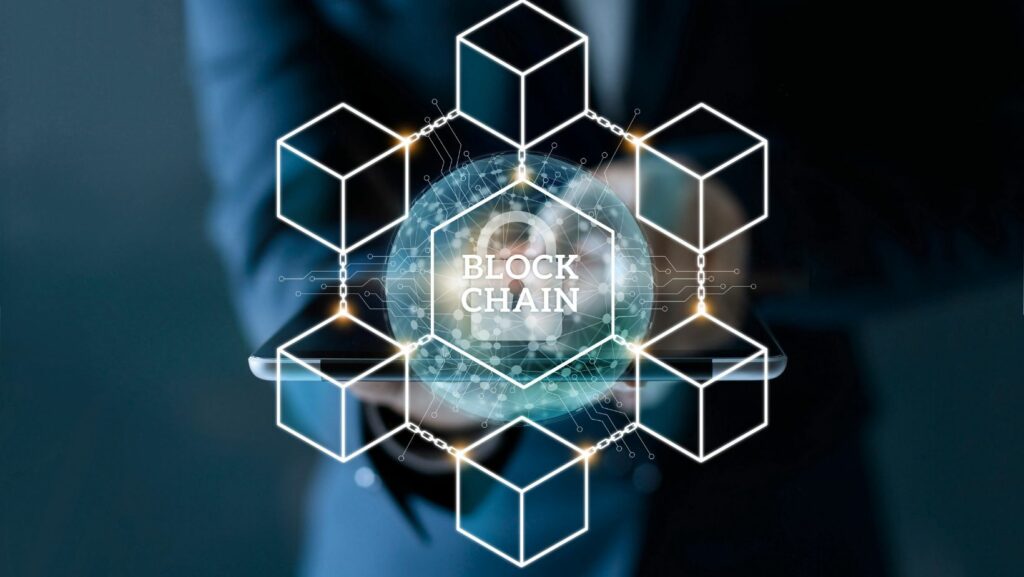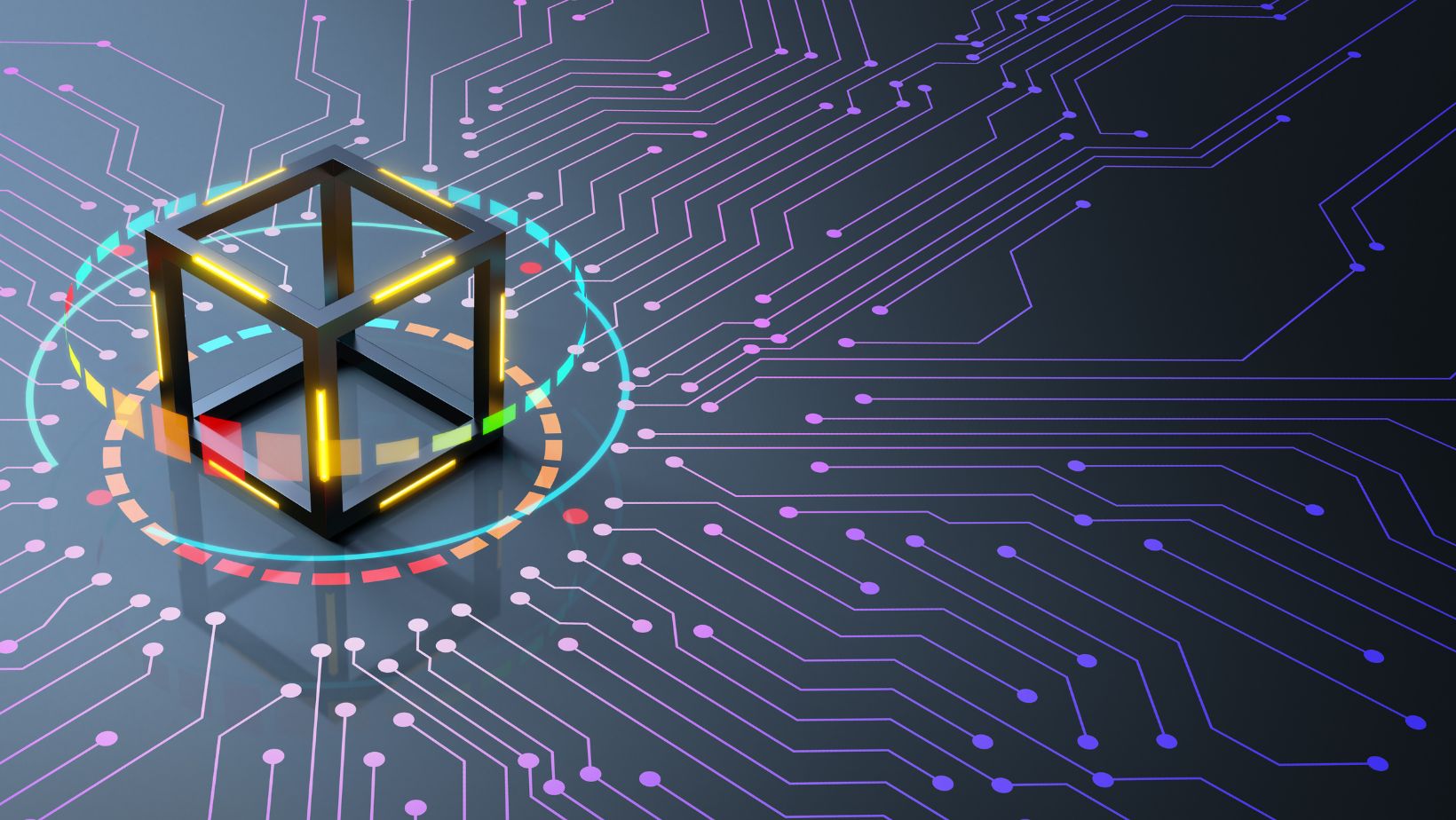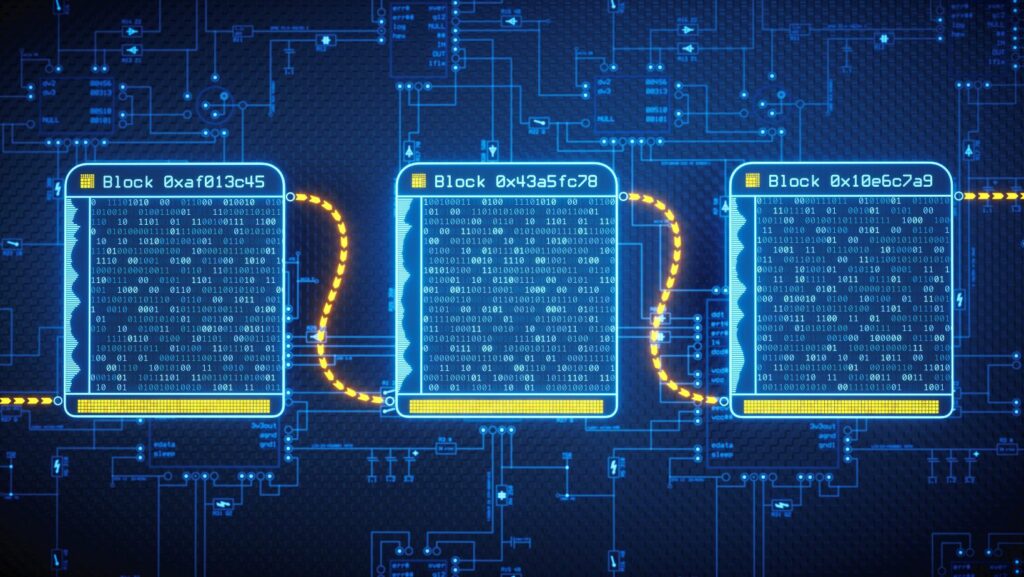“
Key Takeaways
- Accessibility and Convenience: Online financial planning tools allow users to manage their finances anytime, anywhere, enhancing their financial literacy and empowering informed decision-making without traditional constraints.
- Cost-Effective Solutions: Many digital platforms offer essential financial services at little to no cost, significantly reducing the expenses associated with traditional financial advisors and making professional guidance more attainable.
- Personalized Financial Advice: Online platforms use algorithms to analyze individual financial data, providing tailored recommendations that align with specific goals, such as savings, debt management, and retirement planning.
- Integration of Technology for Efficiency: Automated tools and services streamline the monitoring of expenses and investments, helping users make timely, informed choices about their financial health.
- Strong Security Measures: Reputable online financial planning services prioritize user security with advanced encryption and multi-factor authentication, fostering trust and encouraging proactive financial engagement.
- Variety of Services Available: Options range from robo-advisors offering automated management to virtual financial advisors providing personalized strategies, catering to diverse user preferences and needs.
In today’s fast-paced digital world, online financial planning is transforming how individuals manage their finances. With just a few clicks, people can access tools and resources that simplify budgeting, investment strategies, and retirement planning. This shift not only makes financial advice more accessible but also empowers users to take control of their financial futures.
As technology continues to evolve, online platforms offer personalized solutions that cater to diverse financial goals. Whether it’s saving for a dream home or planning for a comfortable retirement, these tools provide valuable insights and guidance. Embracing online financial planning can lead to smarter decisions and greater peace of mind in an ever-changing economic landscape.
Online Financial Planning
Online financial planning encompasses digital tools and services that assist individuals in managing their finances. These platforms offer user-friendly interfaces to facilitate critical financial activities such as budgeting, investing, and retirement planning. By utilizing online financial planners, users can gain access to tailored advice based on their unique financial situations.
Accessibility remains a key advantage of online financial planning. Individuals can tap into a wealth of resources anytime, anywhere. Online resources like budgeting apps, investment platforms, and financial calculators provide instant feedback, enhancing users’ understanding of their financial health.
Personalization also plays a significant role in online financial planning. Many digital services analyze users’ financial data to provide customized recommendations. This allows individuals to address specific goals such as debt reduction, saving for education, or retirement preparedness.
The integration of technology improves efficiency and decision-making. Automated tools track expenses and investments, offering insights that empower individuals to make informed choices. Many platforms utilize algorithms to recommend investment strategies, aligning users’ portfolios with their risk tolerance and objectives.
Security is a crucial concern in online financial planning. Reputable platforms implement robust security measures, including encryption and two-factor authentication, to safeguard users’ sensitive information. This focus on security fosters trust, enabling users to engage actively in their financial journeys.
Overall, online financial planning represents a shift towards more democratized financial management. With the right digital tools, individuals can enhance their financial literacy and navigate the complexities of personal finance with confidence.
Benefits Of Online Financial Planning
Online financial planning offers numerous advantages, making it a popular choice for individuals looking to manage their finances efficiently. This section explores some of the key benefits, including convenience, accessibility, and cost-effectiveness.
Convenience And Accessibility
Convenience defines online financial planning, allowing individuals to manage their finances anytime, anywhere. Users can access tools and resources through various devices, such as smartphones and tablets. Accessibility empowers individuals to make informed decisions without the constraints of traditional office hours. Users can utilize online platforms to track expenses, review investments, and adjust budgets on their timelines. The ability to integrate multiple financial accounts in one place simplifies overall management, enhancing users’ grasp of their financial health.
Cost-Effectiveness
Cost-effectiveness represents another significant benefit of online financial planning. Many digital platforms provide basic services at little to no cost, allowing individuals to utilize essential financial tools without the burden of high fees associated with traditional financial advisors. Reduced overhead expenses for online services typically result in lower costs for users. Additionally, users save on travel and meeting time by engaging in financial planning from the comfort of their homes. This economical approach frees up resources, enabling individuals to allocate funds more effectively toward their financial goals.
Types Of Online Financial Planning Services
Online financial planning services come in various forms, each catering to different needs and preferences. Two prominent types include robo-advisors and virtual financial advisors.
Robo-Advisors
Robo-advisors offer automated investment management through algorithms. Users input financial goals, risk tolerance, and investment preferences, and the platform creates a customized portfolio. Typical features include portfolio rebalancing, tax-loss harvesting, and low management fees. As of 2023, robo-advisors manage over $1 trillion in assets, demonstrating their increasing popularity for cost-effective, hands-off investing.
Virtual Financial Advisors
Virtual financial advisors combine the benefits of human expertise with digital convenience. Clients interact with certified financial planners via video calls or chat platforms. These advisors provide personalized strategies based on in-depth financial analysis, covering areas like retirement planning, tax strategies, and estate planning. Many virtual advisors charge a flat fee or hourly rate, making professional financial advice accessible without traditional barriers. As more individuals prioritize personalized service, virtual advisors enhance the financial planning experience while maintaining flexibility.
Key Features To Look For
Online financial planning tools vary widely, but several key features stand out as essential for optimizing personal finance management.
User-Friendly Interface
User-friendly interfaces enhance navigation and usability. These platforms should offer intuitive designs that simplify complex financial concepts. Clear dashboards visualize financial data, making it easy to track budgets, monitor investments, and manage expenses. Additionally, responsive design ensures seamless access across devices, facilitating oversight whether users are at home or on the go.
Security And Privacy Measures
Security and privacy measures represent critical considerations for online financial planning platforms. Reputable services implement advanced encryption protocols to safeguard users’ sensitive data from unauthorized access. Multi-factor authentication adds an additional layer of protection, ensuring that only authorized users can access their financial information. Furthermore, transparent privacy policies clarify how data is used and stored, fostering trust and encouraging users to engage confidently with their financial management tools.
Embracing Online Financial Planning
Embracing online financial planning empowers individuals to take charge of their financial journeys. With user-friendly tools and personalized resources at their fingertips, they can navigate budgeting, investing, and retirement planning with ease. The convenience of accessing these services anytime and anywhere enhances their financial literacy and confidence.
As technology continues to evolve, the landscape of financial management will only improve. Individuals can expect even more tailored solutions that cater to their unique needs. By leveraging these innovative platforms, they can make informed decisions that align with their financial goals, ultimately leading to a more secure and prosperous future.”














